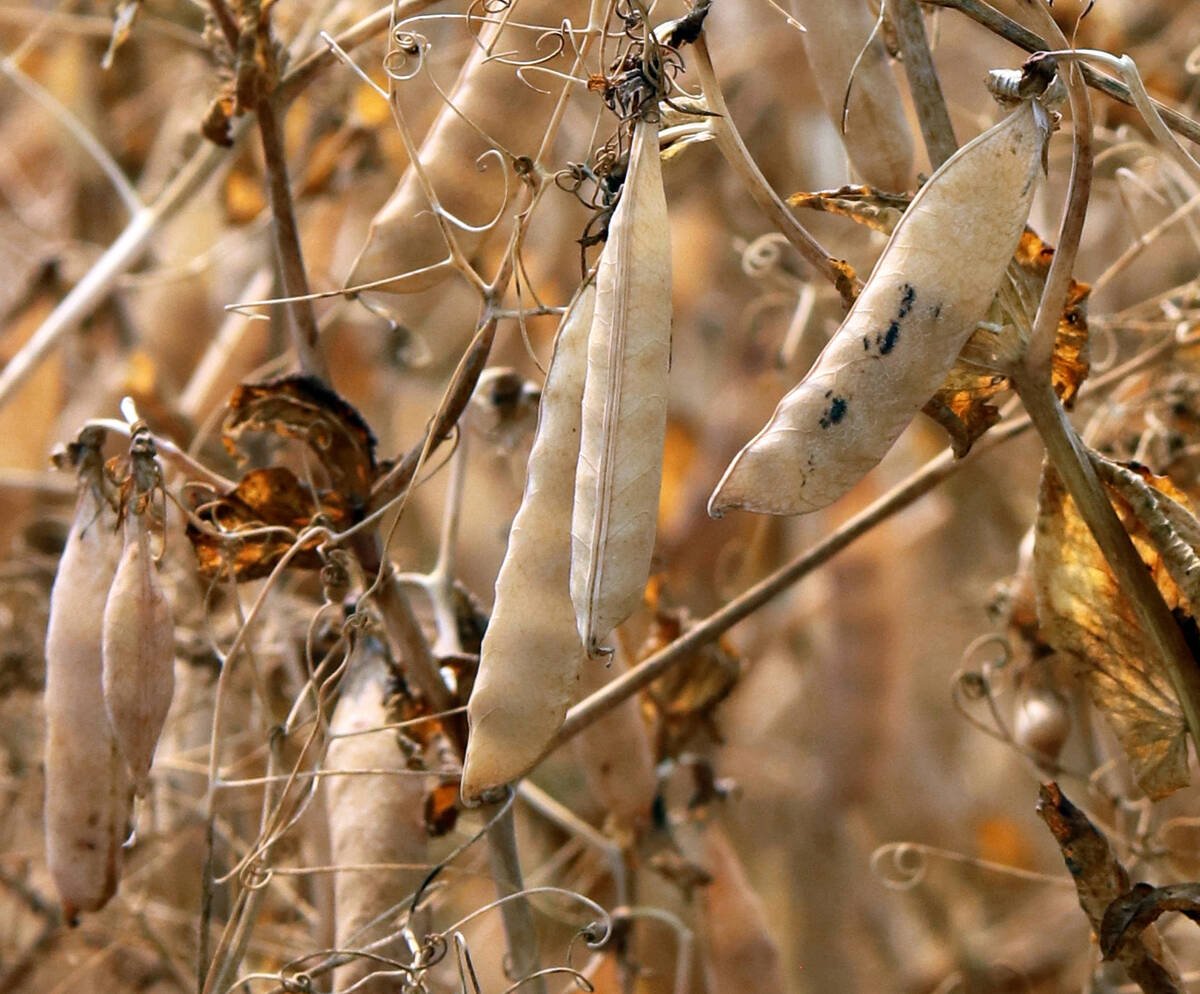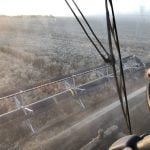Here are some items to check to get your tractor ready for seeding.
Air cleaner
Change the filter every spring because both the chemical that the paper is treated with and the paper itself won’t last more than a year. Be careful how you handle it. Don’t slap the sides with your hand or bounce the end on a tire. The people that make the filter tell us that more than three-quarter of the engine failures that are traced back to the filter are because of improper handling.
Read Also

Trump’s tariffs take their toll on U.S. producers
U.S. farmers say Trump’s tariffs have been devastating for growers in that country.
Crankcase
Fill it with new oil. In this climate moisture collects quickly in the crankcase and that is an enemy of the engine. Even if you ran only a little bit of it floating on the oil that is in there, it will cause problems. It would be a good idea to send your oil away to be analyzed. Your dealer probably has a service available for you.
Antifreeze
Check how long it’s been in the tractor. Some of the additives in the antifreeze last no longer than two years. Your cooling system is dependent on lubricants and other elements in the coolant to ensure more than just heat management. If you do change it, take the time to to service your cooling system. Better now than in the middle of a field in the middle of seeding.
Hydraulic system
I know some expensive tools are needed to do a proper diagnoses, but you can still do some simple tests. The main complaint is usually that the hydraulics will not lift the full load fast enough.
In a front-end loader, for instance, if it does not lift it any faster with the bucket empty, it could be that the couplers are not matched.
Typically, the owner buys a new loader to be used on the old chore tractor. Now they do not match. Same thing could happen on a new air seeder or tractor. This problem typically makes every lift slow.
If it is slow only under a load, it could be a worn pump or sealing ring gone on the lift cylinders. Whatever item gets the hottest is the source of your problem. Use an infrared thermometer and look for heat in the lines and connections. When you find hot spots you’ll likely find your problem, but keep in mind heat also occurs in sharp bends in the system.
The transmission oil, which is also the hydraulic reservoir, should run about 100 F hotter than ambient temperature.
Electrical system
Maybe you left your battery on the tractor all winter and the last time you used it it would not turn the engine over well. I know you need a carbon pile to do a “professional” test. But most people have a volt ohm meter. Read the voltage on the battery posts rather than on the cables connected to the posts. Spin the motor over. It should not drop lower than 9.5 volts. Check every connection from post to wire. If there is a voltage drop across a connection, you have a poor connection. You can save yourself the price of a new battery.
Drive train
Check every plug for leaks, especially on the wheels. If there is oil and dust , you probably have a leaking axle seal. But more than that you probably have a worn axle bearing. Fix it while it’s in the yard and you can still do it without a welder and a trip to town for expensive parts.
Henry Guenter is a former service manager for Massey Ferguson. Contact: insidemachines@producer.com.















